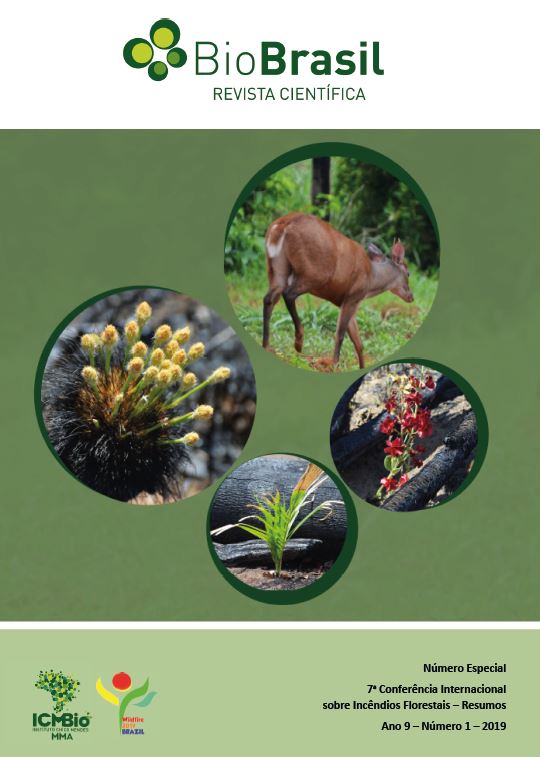Perspectives on integrated fire management using risk-based design optimization for wildfire detection cameras, web-based dispatch and integrated satellite detection
DOI:
https://doi.org/10.37002/biodiversidadebrasileira.v9i1.1081Keywords:
Wildfire detection cameras, integrated fire management, web-based dispatch, satellite detectionAbstract
After 23 years [1997-2019] deploying wildfire detection cameras for both forestry corporates and government agencies this study aims to assess improvements related to IFM and the associated trends in reduced damage over the last 18 years [2001-2018]. Satellite based burn scar measurements in the area under camera detection have picked up reduced wildfire damage overall for 18 years. Each calendar month also shows an average reduction over the period except for July where fire break burns have been increasing, and November which is evidence if the increased duration of the winter fire season. All other provinces in the country have seen increased burn frequencies measured using the same satellite data over the same period. Optimizing wildfire detection using numerical methods to maximize line-of-sight coverage for cameras placed at high points is reported here. Introducing real word constraints like site access and connectivity requirements for linking all the detection high sites (camera masts) to the detection centers and their associated dispatch centers shows how robust this design approach can be in practice. The significant impact on overall detection performance as measured using "initial detection" and other detection metrics is highlighted. Turning early detection into rapid response has been a key requirement in leveraging the benefits of 24/7 detection operations. Here web-based dispatch systems for distributing notifications to FPA members - specifically detection members - has reduced the operator work load in busy detection centers reporting over 10 thousand fires each year. In other regions where wildfire counts are far lower a tripling in the number of initial wildfire reports has been recorded when looking at year-on-year comparisons as well as lookout vs camera high site comparisons.
Downloads
Downloads
Published
Issue
Section
License
Copyright (c) 2021 Biodiversidade Brasileira - BioBrasil

This work is licensed under a Creative Commons Attribution-NonCommercial-NoDerivatives 4.0 International License.
Os artigos estão licenciados sob uma licença Creative Commons Atribuição-NãoComercial-SemDerivações 4.0 Internacional (CC BY-NC-ND 4.0). O acesso é livre e gratuito para download e leitura, ou seja, é permitido copiar e redistribuir o material em qualquer mídia ou formato.












